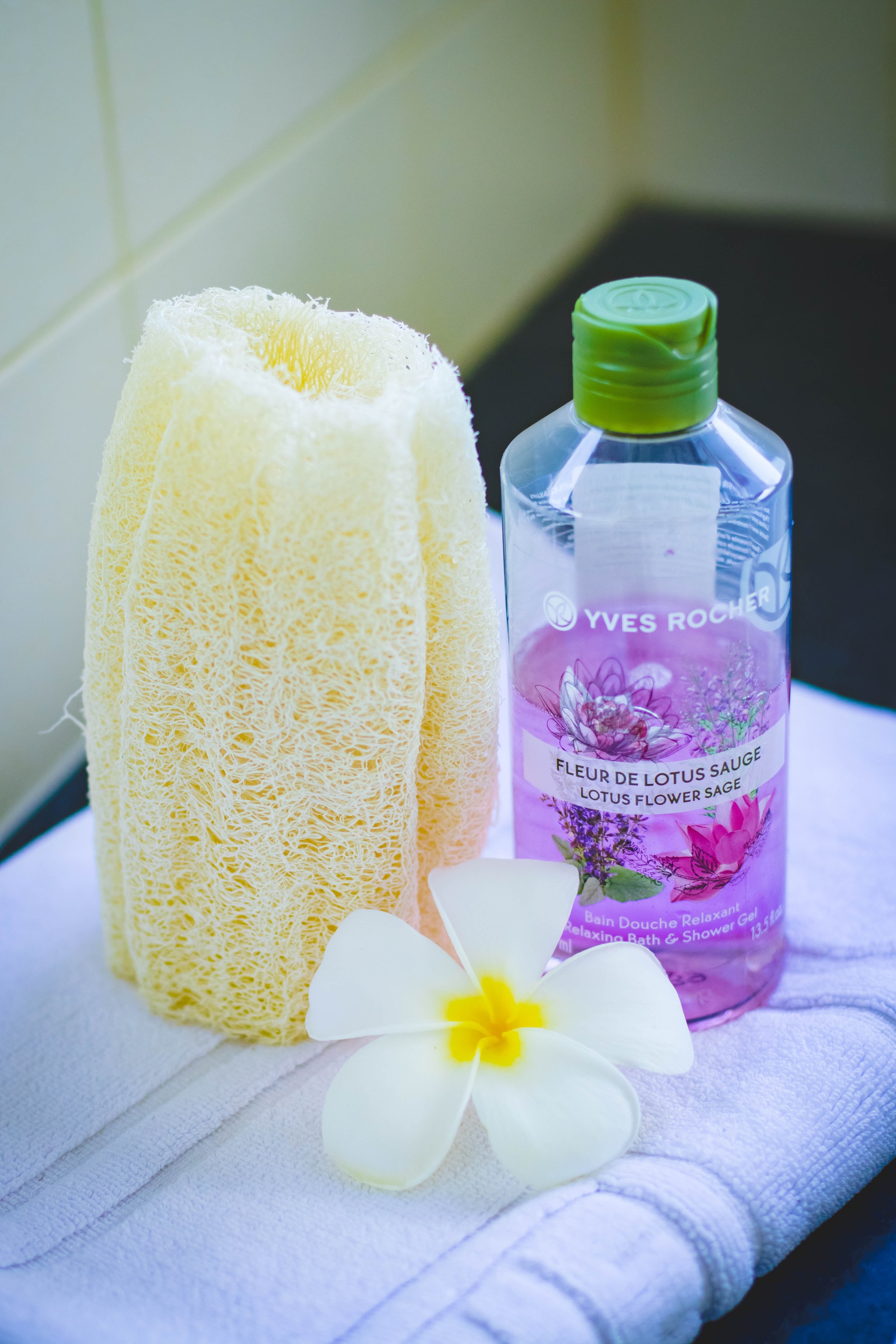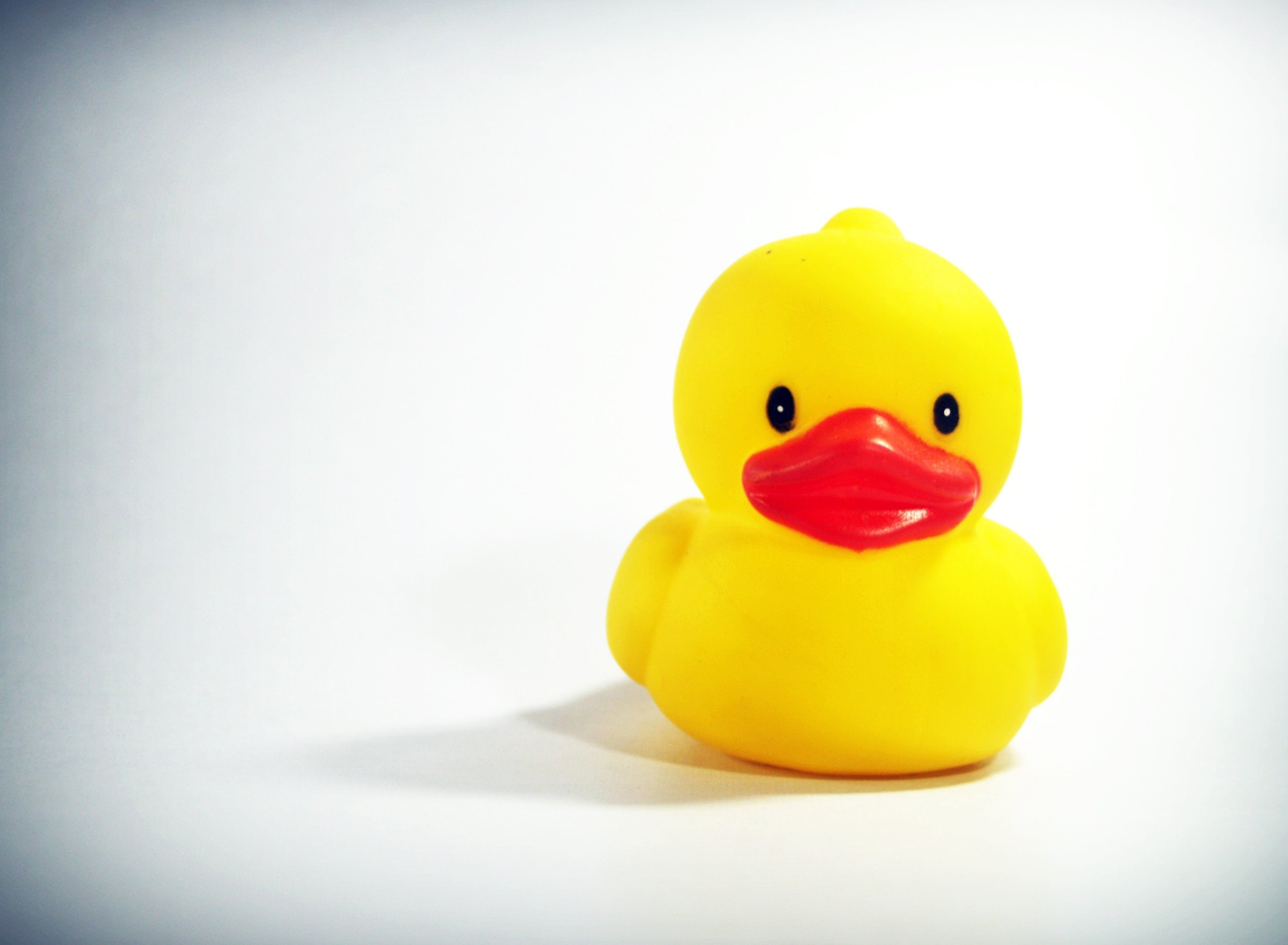Healthy Showering Habits
by BHAVYA MALLADI
Throughout the years, showering has come to be more than just a mundane routine designed for maintaining bodily hygiene. It is often a place to mentally rejuvenate, contemplate life’s endless enigmas, or simply sing your heart out. Everyone has their own personal showering preferences, whether it be time of day, water temperature, or frequency. With all of the possibilities for when and how to shower, which one is the best for you? The efficacy of these various showering habits is different for each person based on their daily schedules or sleep habits, but here are a few tips on how to make this time of personal reflection a healthy one.
Time of Day
Showering at Night
If you prefer showering at night before going to bed, doing so with warm water may help you fall asleep faster. A study conducted in 2013 shows that warm water on the skin can cause your blood vessels to dilate, which dissipates heat from the core of your body to your extremities, such as your hands and feet [1]. This warming of the skin tends to stimulate the part of the brain’s hypothalamus that controls sleep, so showering with warm water can help those who have difficulty falling asleep [1].
Showering During the Day
If showering in the morning is your cup of tea, you might want to consider ending your shower with cold water for 30 to 90 seconds. Quick, short-term exposure to cold temperatures can help stimulate your immune system and increase the count of important cells like white blood cells and natural killer cells [2]. A 2016 study also reveals that employees who regularly shower with hot water and end with cold water tend to call in fewer sick days, given that they also engage in physical activity [3]. Ending your shower with cold water in the morning can help boost your immune system and keep you rejuvenated throughout the day!
Frequency
Societal standards often dictate that showering at least once a day is normal, if not expected. Even I used to wrinkle my nose at the thought of showering any less frequently, but doing so may not be as unsanitary as you may think. In fact, frequent washing with soap can even be detrimental to your health. A 2008 study demonstrates that frequent use of soap and water can potentially disrupt your skin barrier function [4]. Specifically, the basic elements of soap can leave behind residues that can increase the skin’s pH and dry out the skin [4]. This means that showering too frequently may actually be worse for your skin!
Duration
Personally, I love the feeling of a long, hot shower after an exhausting day filled with classes and extracurriculars. However, what is the ideal length of time you should spend in the shower? A study published in 2015 demonstrates that a longer showering duration is associated with an increase in skin dryness symptoms, especially for individuals with dry skin conditions such as atopic dermatitis or eczema [7]. That means for those of you who may suffer from dry skin, shortening the length of your shower may be beneficial. Ideally, bathing should last around 10 minutes to prevent the film of oil on the skin from allowing the skin to dry out [6]. Controlling your shower length can also help conserve water, and you can make it fun by singing your favorite song in your head once or twice!
Moisturization
Since soaps have the potential to dry out your skin as previously mentioned, using moisturizer after stepping out of the shower can help to compensate for the decrease in skin hydration. In a 2010 study conducted on patients with sensitive skin, failing to moisturize after bathing is associated with dryness of skin below normal levels. On the other hand, using moisturizer after a shower can hydrate your skin to higher levels initially, which would allow your skin to ultimately reach your normal hydration level [5].
For moisturization after a shower, you can choose from a variety of emollients based on your preferences. Lotions tend to have a greater concentration of water rather than oil, while creams have a mix of water, oil, and compounds that prevent growth of bacteria [6]. According to a nurse guideline for the effective use and application of emollients, oily products not only tend to be more effective in soothing dry skin after bathing, but also are more preferable during the night time [6].
Bottom Line
There is no correct method of showering; everyone has their own personal habits based on personal preferences. Some of us may enjoy long showers every morning, while others prefer quickly showering every other night. By incorporating some of these tips into your daily routine, you can render your showering experience more enjoyable and healthy for your body.
References
“Effect of warm footbath before bedtime on body temperature and sleep in older adults with good and poor sleep: An experimental crossover trial.” International Journal of Nursing Studies. (2013).
“Immune changes in humans during cold exposure: effects of prior heating and exercise.” J Appl Physiol. (1999).
“The Effect of Cold Showering on Health and Work: A Randomized Controlled Trial.” PLOS One. (2016).
“The Effect of Washing and Drying Practices on Skin Barrier Function.” Journal of Wound, Ostomy, and Continence Nursing. (2008).
“Quantitative assessment of combination bathing and/or moisturizing regimens on skin hydration in atopic dermatitis.” Pediatric Dermatology. (2010).
“Effective use of emollients in infants and young people.” Nursing Standard (2004).
“The Association Between Bathing Habits and Severity of Atopic Dermatitis in Children.” Clinical Pediatrics (2015).











